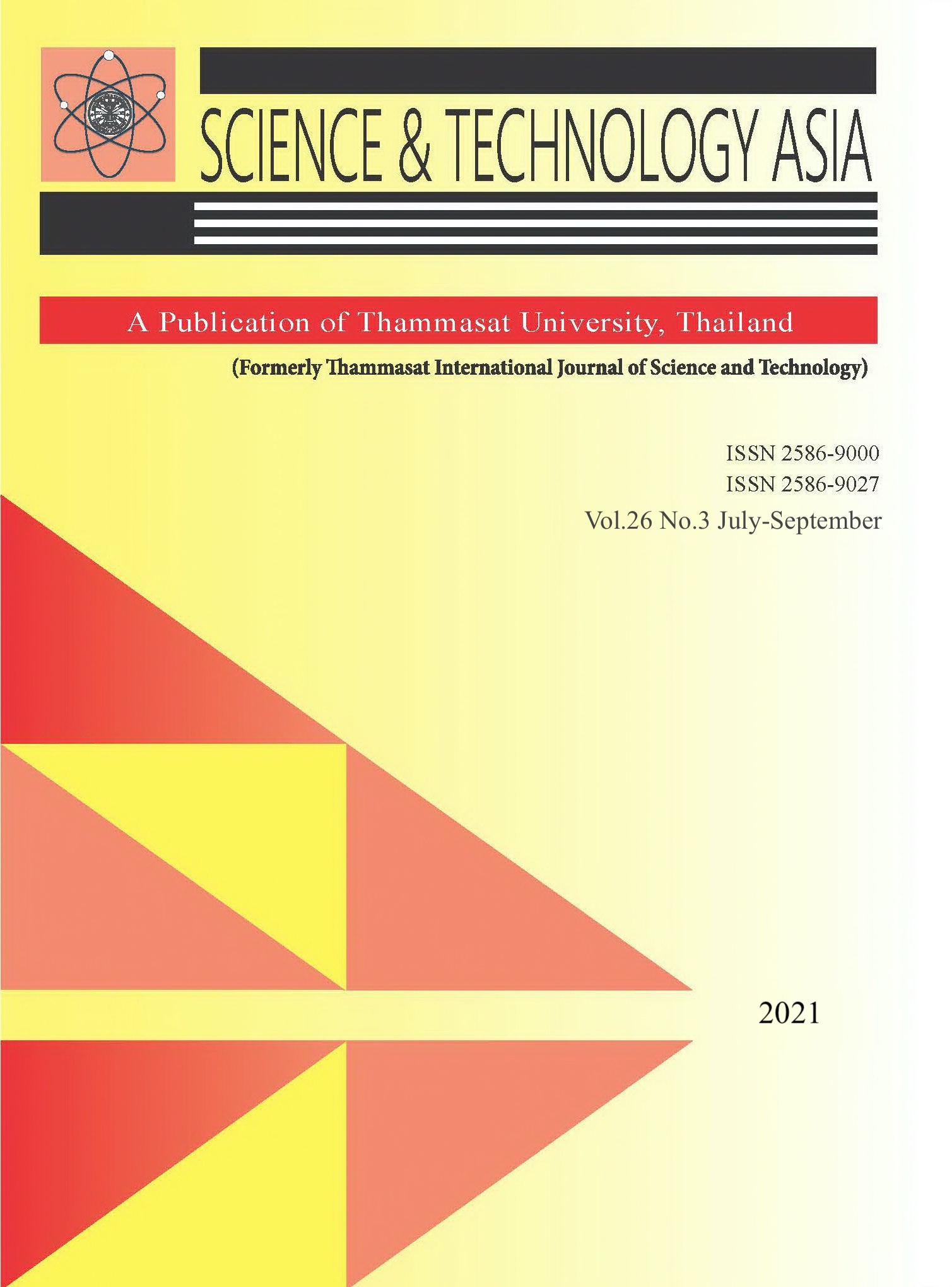Diphenylbenzidine as a Probe for Determining Antioxidant Capacity of Plant Extracts
Main Article Content
Abstract
A new method for measuring antioxidant capacity using diphenylbenzidine (DPB) as a probe was developed. The aim of the study is to invent a moderately stable, intense color probe that can be linearly decolorized by the increasing amount of antioxidant compounds. DPB was prepared by oxidizing diphenylamine with either ceric ammonium nitrate or ferric chloride in formic acid solution. DPB probe is deep purple and decolorization of the probe is linearly proportional to the quantity of antioxidant compounds. The DPB batch assay was applied to assess the antioxidant capacity of ascorbic acid. IC50 value of ascorbic acid measured by DPB assay (1.2 ppm) was compared with those determined by widely accepted methods such as DPPH and ABTS methods (1.3 and 1.6 ppm, respectively). Antioxidant capacity of plant extracts assessed by DPB assay also satisfyingly correlated with the lipid peroxidation inhibition capacity. Two main advantageous features of DPB probe that make it applicable to the flow injection analysis (FIA) are the fast preparation step that allows an online synthesis of the probe and the brief incubation period enabling an inexpensive, fast, semiautomatic analysis, especially when a large number of samples are involved.


